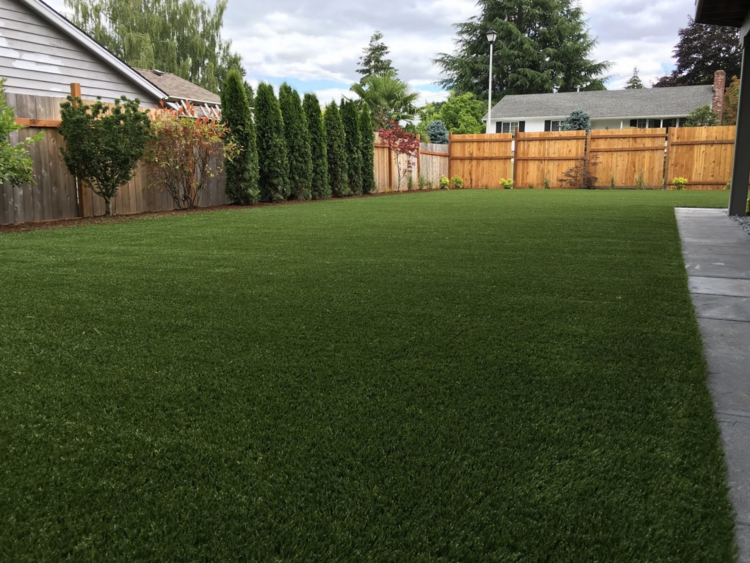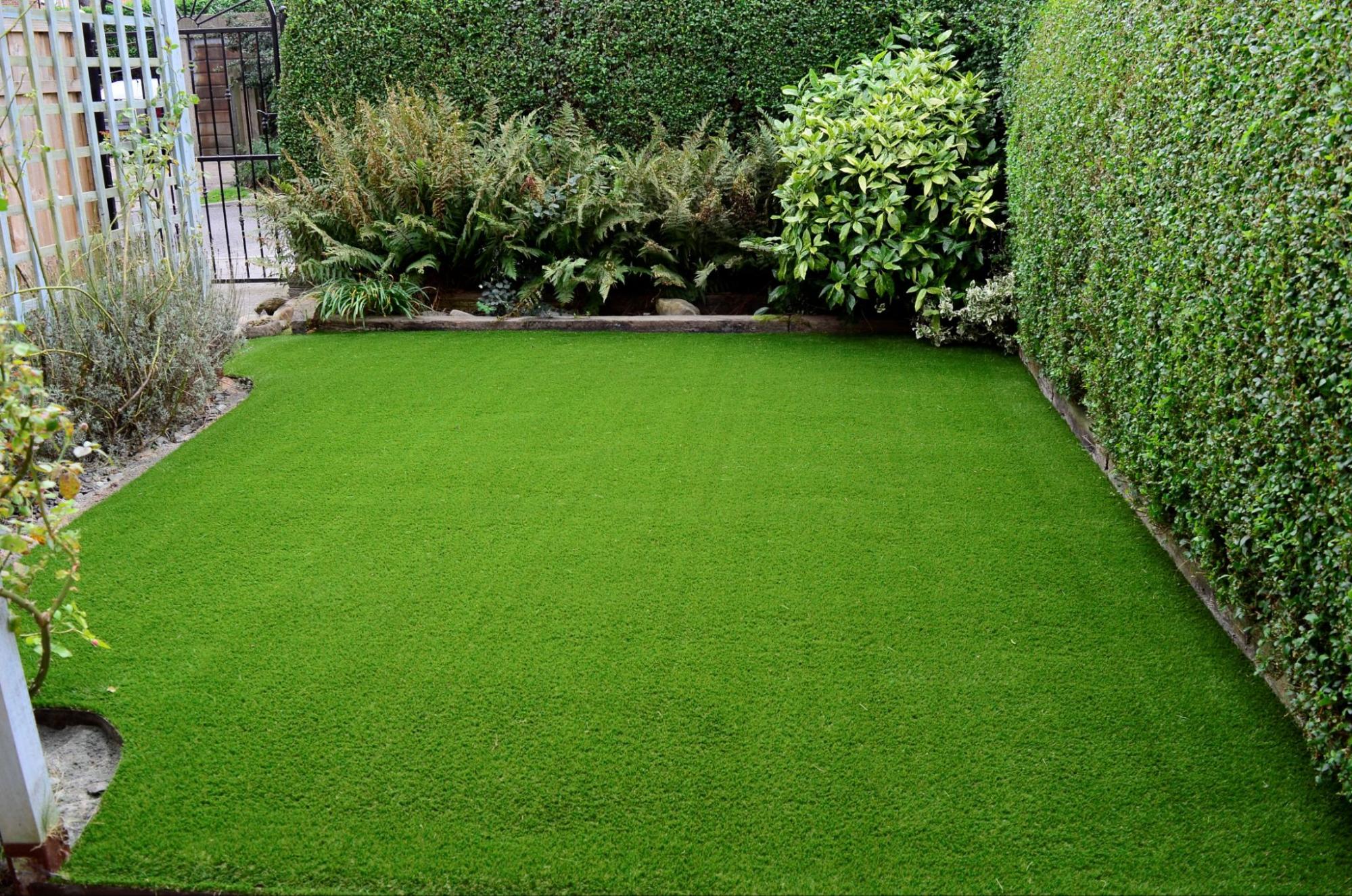Look Into the Environmental Advantages of Opting for Artificial Grass Solutions
The fostering of man-made lawn services provides an engaging possibility to deal with pressing ecological obstacles. By substantially decreasing water usage and decreasing the application of hazardous chemicals, these options not just promote lasting landscape design yet also safeguard regional communities.
Water Conservation Benefits
One of the most considerable benefits of fabricated turf is its ability to conserve water. In comparison, man-made turf does not require watering, substantially minimizing the overall need for water resources.
By removing the need for regular watering, synthetic lawn adds to sustainable landscape methods and helps mitigate the environmental influence of excessive water usage. The preservation of water extends to the reduction of overflow, which can lead to dirt erosion and waterway pollution.
Furthermore, the installation of synthetic grass allows house owners and municipalities to assign water resources much more effectively, concentrating on important usages such as alcohol consumption water and farming. The shift towards synthetic grass not only promotes liable water usage yet additionally lines up with more comprehensive ecological goals targeted at preserving natural resources.
As areas progressively focus on sustainability, the water conservation benefits of artificial turf provide an engaging instance for its adoption in industrial and residential landscape design jobs.
Lowered Chemical Usage
The change to synthetic grass significantly lowers the dependence on chemical therapies generally used in natural turf upkeep. Typical lawn management usually involves the application of pesticides, herbicides, and fertilizers to promote growth and control insects. These chemicals can present threats to human wellness, neighborhood wild animals, and the environment, adding to soil and water contamination.
In comparison, man-made lawn eliminates the requirement for these dangerous materials. By reducing the launch of synthetic compounds into the ecosystem, fabricated turf advertises healthier soil and water systems.
Additionally, the absence of chemical drainage related to synthetic turf installments aids safeguard local waterways from contamination, sustaining water life and preserving biodiversity. Artificial turf companies phoenix. As communities progressively prioritize lasting practices, choosing synthetic grass offers a sensible solution that lines up with environmental conservation goals. Via this shift, residential property proprietors can appreciate rich eco-friendly rooms without jeopardizing eco-friendly health, leading the way for an extra lasting future
Reduced Carbon Impact

Moreover, the installation of artificial grass can result in considerable water conservation. All-natural lawns require considerable amounts of water for watering, which not just adds to the carbon footprint related to water removal and therapy however likewise stress local water sources. In comparison, synthetic grass needs minimal upkeep, requiring no watering, thereby significantly reducing water use and its connected energy costs.
In addition, the longevity of fabricated lawn adds to its reduced carbon impact. With a life expectancy of as much as 15 years or more, the demand for constant replacements is decreased, causing less waste and lower energy usage in manufacturing and taking care of typical turf options. On the whole, synthetic grass offers a sustainable alternative for ecologically conscious landscape design.
Habitat Conservation
Environment preservation is a crucial consideration in the dispute over landscape design selections, particularly when contrasting synthetic lawn to natural lawn. Natural lawn lawns commonly need substantial maintenance, consisting of making use of herbicides, chemicals, and plant foods, which can detrimentally influence regional ecological communities. These chemicals can leach right into the soil and rivers, damaging native plants webpage and fauna and interrupting neighborhood environments.
Artificial turf gets rid of the need for dangerous chemicals, therefore securing neighboring wild animals and maintaining the integrity of surrounding communities. The installation of synthetic grass can lead to the conversion of former turf areas right into more biodiverse landscapes, such as pollinator yards or native plant areas, which can support local wild animals.
Eventually, the transition to synthetic grass not just saves water and minimizes maintenance initiatives yet additionally fosters a more unified connection between human activities and the natural surroundings, advertising environment conservation while doing so.
Long-Term Sustainability
Long-lasting sustainability is an important consider assessing the advantages of synthetic grass over typical turf yards. Among the most considerable advantages of synthetic grass is its durability; it can last up to 15-20 years with very little upkeep, whereas natural grass needs frequent reseeding and substitute. This durability reduces the requirement for continuous sources, such as water, fertilizers, and chemicals, which are crucial for maintaining a healthy and balanced turf lawn.
In addition, fabricated grass adds to a reduction in carbon discharges connected with lawn treatment equipment. Traditional yards usually require gas-powered mowers, trimmers, and blowers, all of which add to air contamination. Arizona artificial turf. In comparison, man-made turf removes the demand for such tools, promoting a cleaner setting
In addition, the production of man-made grass significantly utilizes recycled materials, enhancing its sustainability profile. As producers adopt green techniques, the environmental footprint of artificial lawn proceeds to decrease.

Conclusion
The adoption of synthetic grass remedies offers substantial environmental advantages, including significant water preservation, decreased reliance on dangerous chemicals, and a reduced carbon impact. Synthetic lawn aids in preserving all-natural habitats by reducing land disruption and advertising long-lasting sustainability with the use of resilient materials. Collectively, these factors highlight the potential of man-made turf to add positively to environmental health and wellness and provide a sensible alternative to standard landscaping techniques in a significantly resource-conscious world.
In contrast, artificial turf does not require watering, significantly minimizing the total demand for water sources. By lessening the release of synthetic compounds right into the environment, man-made lawn promotes much healthier dirt and water systems.
Furthermore, the setup of synthetic grass can result in considerable water preservation. In contrast, fabricated turf requires minimal upkeep, requiring no watering, thereby significantly lowering water look at this site usage and its associated energy prices.
